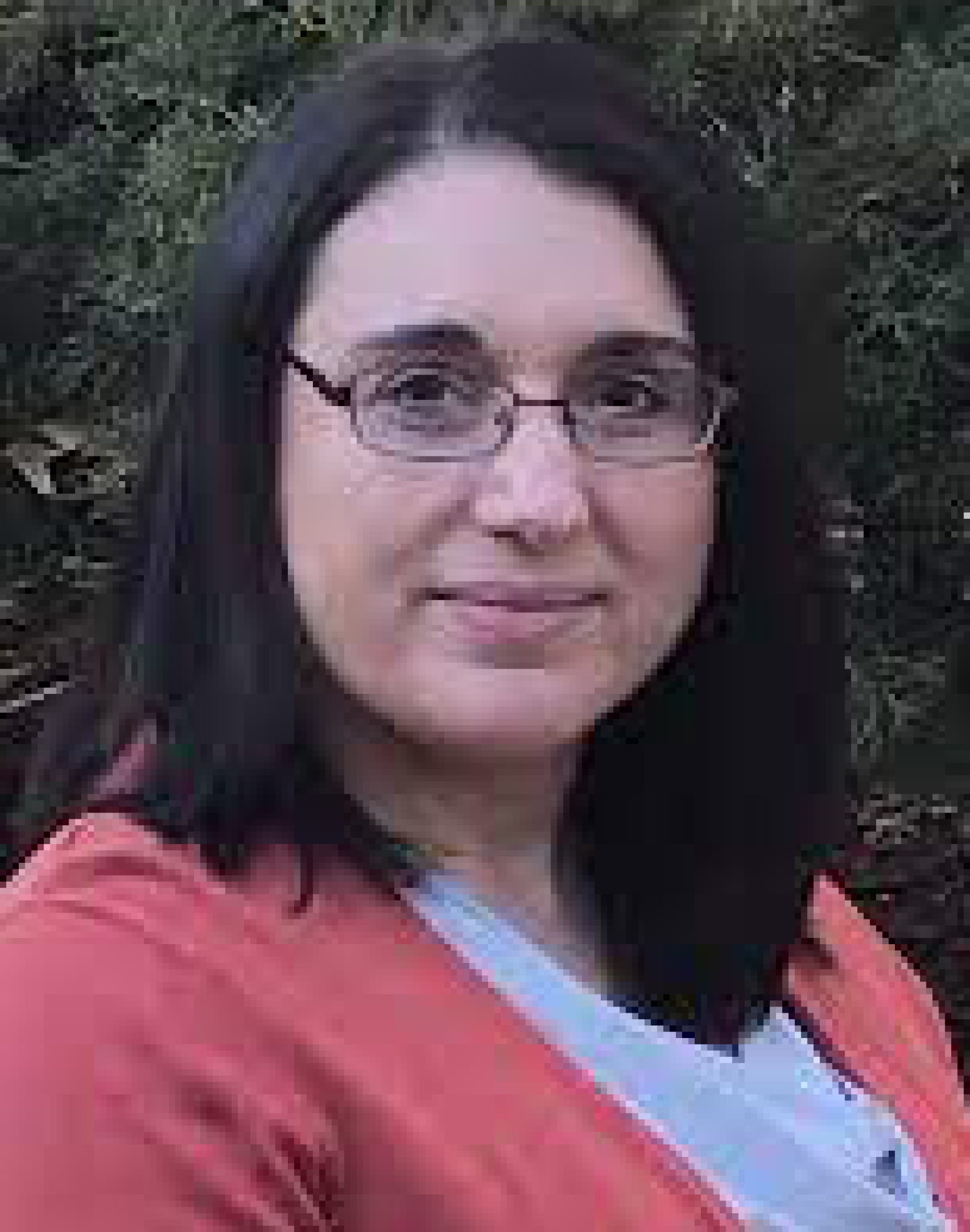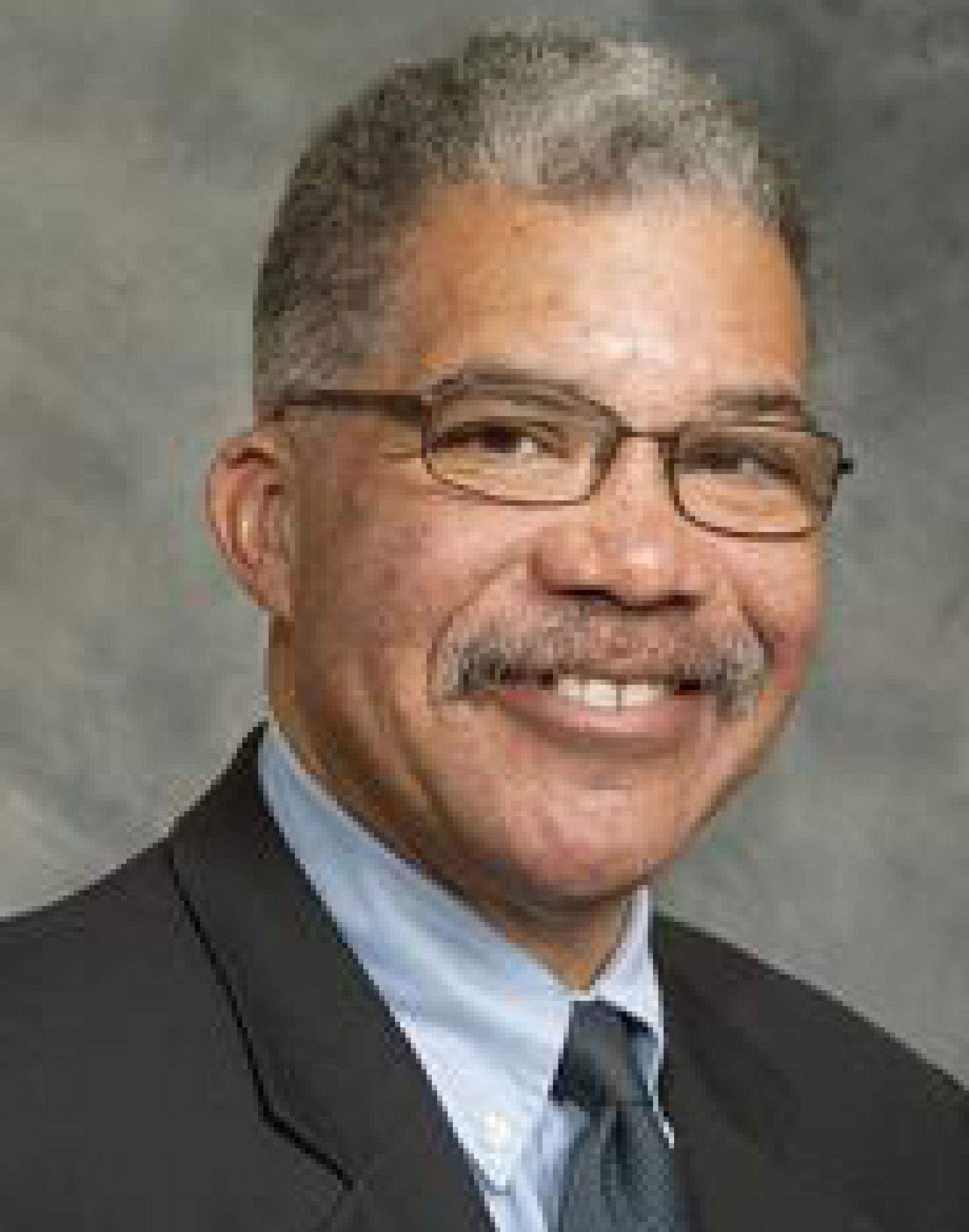Q&A: “Passion for quality and patient safety” drives commitment at QPSD

Daniela Brown, M.S.N., R.N.

Booker T. Bush, M.D.
Booker T. Bush, M.D., is chair of the Massachusetts Board of Registration in Medicine’s Quality and Patient Safety Committee, a multi-specialty advisory group that works with BORIM’s Quality and Patient Safety Division (QPSD) to help organizations learn from adverse events and improve care. Dr. Bush is also a Physician Member and Secretary of BORIM. He trained at Yale Medical School and was an internist at Beth Israel Deaconess Medical Center for 26 years before joining Baystate Medical Center in Springfield in 2009. He now provides primary care at Baystate’s High Street Health Care.
Daniela Brown, M.S.N., R.N., is the Director of the QPSD. After more than 20 years as a nurse in the acute care hospital setting, Brown became a quality nurse analyst at the QPSD in 2016 and Director in 2019.
Brown and Dr. Bush talked with Patient Safety Beat about recent trends, changes at the division and how the state’s new Roadmap to Health Care Safety will impact the division’s work.
Patient Safety Beat: How would you describe the Quality & Patient Safety Division’s approach to improving patient safety? What is the QPS Committee’s role?
Daniela Brown: The QPSD’s mission is to assist Massachusetts health care facilities in maintaining and improving systems for patient care that are evidence- and team-based, sustainable, safe and inclusive. The division, which is relatively small and primarily made up of nurses, receives two kinds of reports — quality assurance reports and reports of unexpected patient outcomes, or Safety and Quality Reviews — required through state regulation of Patient Care Assessment (PCA) programs in licensed hospitals, certain clinics and ambulatory surgical centers. PCA programs include quality assurance, peer review, credentialing and risk management. In weekly meetings, the QPSD staff discusses reported events as a group. When the group feels that the event would benefit from the perspective of a physician, the event is referred to the QPS Committee for additional review.
The committee includes people from many disciplines — nursing, pharmacy, hospital medicine, surgery and more.
Booker Bush: When the department asks for our help, we select members of the committee who are specialists in the appropriate field to review the case and bring it to the entire committee, which meets once a month. The committee includes people from many disciplines — nursing, pharmacy, hospital medicine, surgery and more. It's feels like a community, quite frankly. Committee members are volunteers; they do this work out of their passion for quality and patient safety.
Daniela Brown: I should emphasize that to promote transparency and learning, all information reported by health care facilities to the QPSD as part of a Patient Care Assessment program remains in the QPSD. It's afforded statutory protections and is kept confidential. We request that clinicians be de-identified in report submissions. The focus is on analyzing and improving processes not people. The QPSD is a division of BORIM, however, there is a firewall between the QPSD and other divisions of the Board. We do not share information with other divisions of BORIM.
The QPS Committee’s physician, nurse, pharmacist and patient advocate members involved in reviewing events often work with the division staff to prepare and present the event to the entire committee for additional review. Committee members are quite active. In addition to the monthly meetings, they assist the division with conferences, in-person site visits, newsletters and virtual trainings. The group is passionate and enthusiastic; we're very grateful for their participation.
Patient Safety Beat: What are the current top priorities at the QPSD?
Daniela Brown: We’ve heard from hospitals and ambulatory surgery centers that they would like to learn more about trends and concerns that we’ve been able to identify and are interested to learn what other facilities are doing to address them. Ideally, we would be able to help health care facilities learn from each other.
One thing that we have done to address that request is to update the QPSD newsletter in an engaging digital format with two new features. The newsletter, now called Spotlight on Quality and Patient Safety, will be based on de-identified data that we collect through new online reporting. This will allow us to provide information in a more timely manner and provide recommendations and resources to address some of the trends that we're seeing.
The other feature will spotlight the work of individual facilities in the Commonwealth. In the past, we have asked health care facilities to share best practices on topics of our choosing. Now we will ask them to report on what they feel is important, what they're seeing in their community, what they're working on and what they've had success with so that others can consider adopting similar performance improvement initiatives or processes. I expect that the first issue of Spotlight will be available in January or February of 2024.
We have been conducting more on-site visits to help evaluate potential needs or gaps within Patient Care Assessment programs and offering recommendations and guidance. We’ve always offered that support, but right now, as organizations face such challenges, it seems crucial. We’re working to be more proactive with that collaboration and support.
While there is still work to be done, it’s encouraging to see the effort, dedication and commitment that people bring to promoting quality within their organizations. This work is not just for the quality and patient safety specialists, it's for the entire organization. We want to help ensure that everyone within the organization feels empowered to be part of the process, to be able to speak up, to have psychological safety and to participate in the quality initiatives that are undertaken at their facility.
Booker Bush: Another priority is to address the need for education among physicians, physician leaders, health care organizations and others that are new to quality and safety or new to the state. There are also clinicians practicing in the state who may physically never be in the state. That's quite a change. The QPSD — a concept that is unique to Massachusetts — is working to help inform them about what we do and how we can help. That's one of our new challenges.
Patient Safety Beat: What changes have occurred within the division recently?
Daniela Brown: Just two months ago, the QPSD transitioned from paper-based to online reporting, and we have already received positive feedback from health care facilities that find the new system much less burdensome. Also, we have decreased the required number of quality assurance reports from three to one per year. We are still able to obtain the information we need to review Patient Care Assessment programs, and the process is much more efficient for everyone. It will also provide additional time that the QPSD may dedicate to increased outreach, education and support.
Patient Safety Beat: The QPSD helped develop the state's new Roadmap to Health Care Safety. How do you think the Roadmap will affect your work as the state begins to put the plan into action?
Daniela Brown: The goals of the Roadmap very much align with the work of the QPSD, and we benefitted from discussing the plan with many stakeholders across the Commonwealth while the plan was in development.
The EHR pilot program is more of a system solution … I think it has potential to be a game changer for some organizations.
Booker Bush: We talked earlier about high levels of turnover in medicine right now, both among health care providers and executives. Often, when we meet with institutions, many people in the room are new to the organization, on board perhaps for only a few months. Everyone’s trying hard to catch up on things. Having the Roadmap establish clear, common goals and guide new training will help.
I'm glad that the Lehman Center and others are highlighting the Roadmap. At this moment in medicine, staying focused on the quality and safety of care is important and challenging. We all face competing interests and other metrics that demand our attention. I'm glad that the Roadmap is there to help us stay on track.
Daniela Brown: At least one of the early actions, the Roadmap’s pilot program for using electronic health records to signal safety problems, may help advance the QPSD’s and other stakeholders’ efforts to know more about the types and frequency of safety events in the state. We currently rely on each facility’s internal process for reporting events, which depends on the behavior of individuals. If the reporting culture is not strong, the facility’s quality assurance and ability to learn from safety reports is diminished. The EHR pilot program is more of a system solution, which will help drive quality in a positive direction. I think it has potential to be a game changer for some organizations.